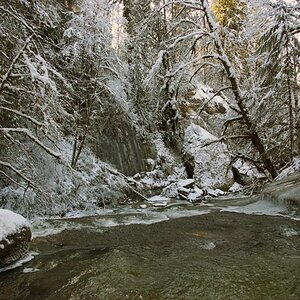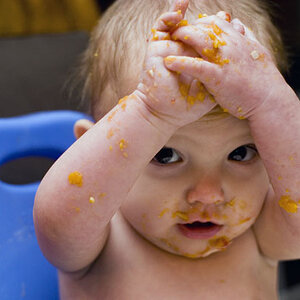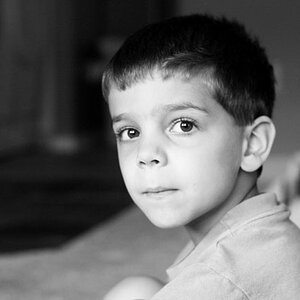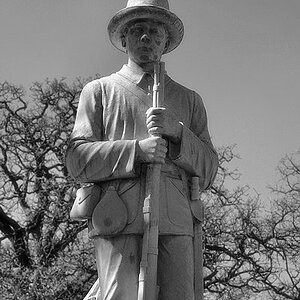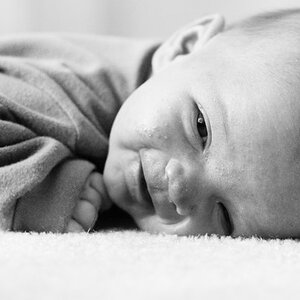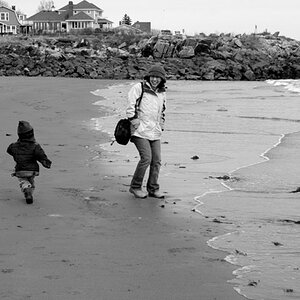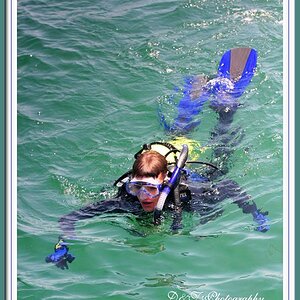cougar
TPF Noob!
- Joined
- May 7, 2016
- Messages
- 16
- Reaction score
- 0
- Can others edit my Photos
- Photos OK to edit
I just bought my first DSLR - a Canon SL1 which came with the kit 18-55mm lens.
I am considering buying the 55-250mm IS STM lens to be able to capture wildlife from some distance but I'm not too sure what to expect.
Today I took a picture of a black bear from about 30-50m with my lens set to 55mm.
This is what came out in JPG format (72 pixels / inch)

And this is what the cropped image looks like at 72 pixels / inch when the width is 40 cm.

Should I expect better results with my current lens at this range and what should be the settings to achieve them?
My camera is set to use the 9 point focusing and I believe I had it set at "portrait" for this shot.
Still the bear seems slightly out of focus, the eyes are not visible and his fur is just a blur.
Would I be able to get the same results with a 55-250mm lens if I am 200m away?
I guess a 55-250mm lens and a steady hand would have given me a perfect shot in this case.
I am considering buying the 55-250mm IS STM lens to be able to capture wildlife from some distance but I'm not too sure what to expect.
Today I took a picture of a black bear from about 30-50m with my lens set to 55mm.
This is what came out in JPG format (72 pixels / inch)

And this is what the cropped image looks like at 72 pixels / inch when the width is 40 cm.

Should I expect better results with my current lens at this range and what should be the settings to achieve them?
My camera is set to use the 9 point focusing and I believe I had it set at "portrait" for this shot.
Still the bear seems slightly out of focus, the eyes are not visible and his fur is just a blur.
Would I be able to get the same results with a 55-250mm lens if I am 200m away?
I guess a 55-250mm lens and a steady hand would have given me a perfect shot in this case.


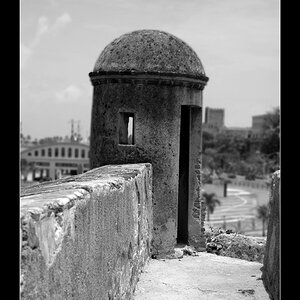
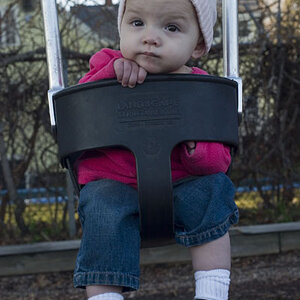
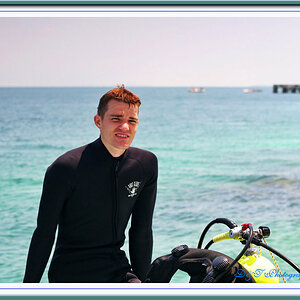
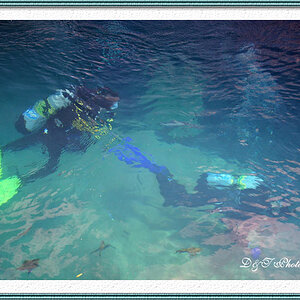
![[No title]](/data/xfmg/thumbnail/35/35880-9a6926237907ab72b42781d9a09698a6.jpg?1619737209)
